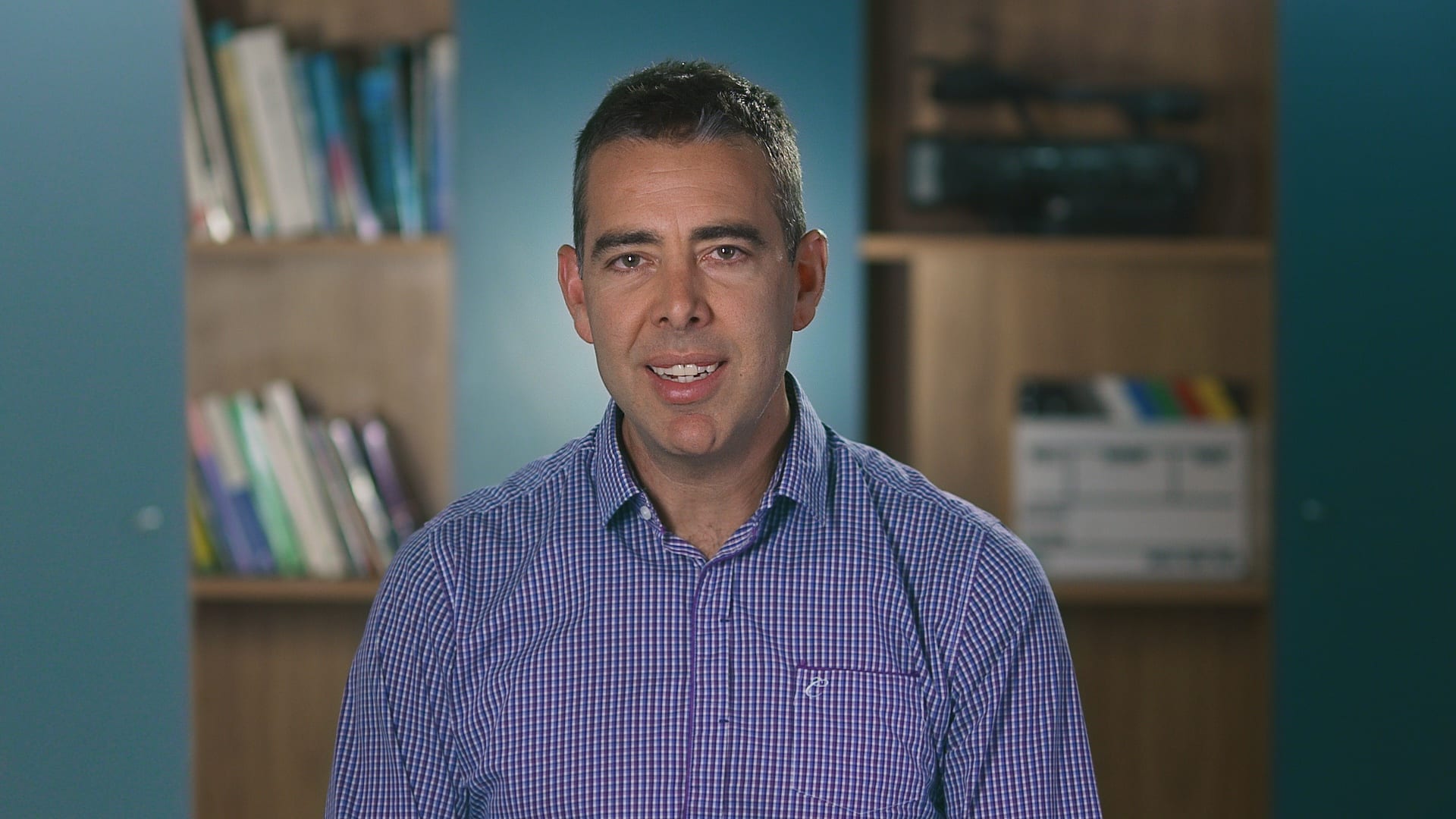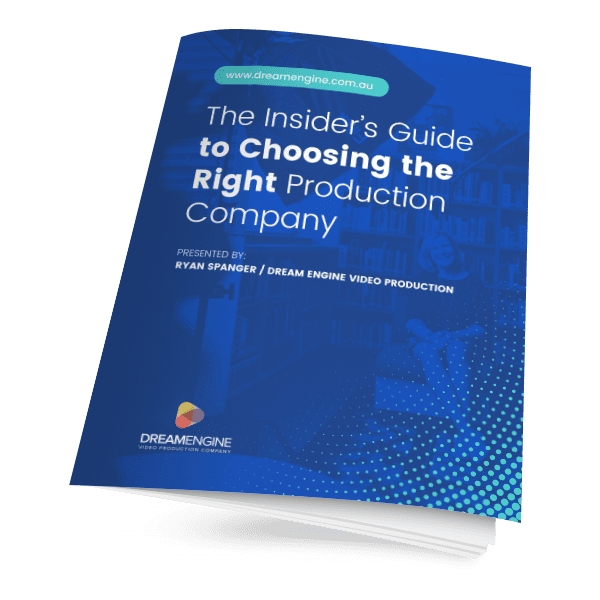These days, customers research online before they buy. They search the web to learn more about products or services before committing to any company.
Without web video content, your business is invisible to a substantial population of web browsers. Because web videos are all but expected today, it’s no longer a question of whether or not to create video content. It’s only a question of how to make the best video content possible.
People are also pretty savvy about shutting out the white noise of online invasive or interruptive advertisements, also known as push marketing. “Push marketing” is when an ad seeks its audience out and tries to force an audience to pay attention. The far less aggressive “pull marketing” strategy is where content marketing falls. This is when you try to generate interest in your audience, making them want to seek out you and your content. To get into a relationship with this audience, you must deliver what they want: Information that will help them make purchasing decisions.
This is why content marketing is becoming so important. Content marketing gives your customers interesting and valuable information. This will develop a relationship between you and your audience, increase authority, and remove barriers between your customer and a sale.
Here’s a step-by-step guide on effectively using video in your content marketing strategy.
Step 1. Pinpoint what you want
Be specific about what you want out of the video marketing content. Having a well-defined goal and audience for your videos is crucial. This will:
- Save you money. Being too vague or broad will lead to an unfocused, meandering video that will speak to no one and is a waste of time and production.
- Resonate with your audience. If you speak to your viewers’ specific needs, they will feel like you are talking directly to them, making them more likely to take action.
- Lead to focused SEO. Being too broad with SEO will see you competing with larger companies with more money to put into a wider net. Be specific and you will save money on marketing and be more effective at the same time.
There are so many ways to measure the success of your videos, so you need to ask yourself questions like: What exactly do you want your content to achieve? When do you think the content will be “successful”?
Possible targets could include:
- Making a sale
- Demonstrating a new product or service
- Generating inbound leads
- Building brand awareness
- Educating your audience or market
- Entertainment
Step 2. Know Your Audience
It’s also important to know who your audience is. Being able to talk directly to your specific audience is crucial to the success of your video content.
Here’s an example: Imagine you are targeting an audience outside of your industry. Using jargon or technical phrases will be confusing and useless to your audience. Talk to your audience in a way they will understand and relate to.
The best way to pinpoint your audience is to create a Customer Avatar.

Step 3. Choose a Style
Now that you have a purpose and audience for your video content, it’s time to choose a video type.
Some basic video styles to consider are:
- Interview
- Presentation
- Behind the scenes/documentary
- Animated cartoon
- Product demonstration
- Testimonial
Each style has its own tone and feel. Will your video need to be corporate or creative? Humorous or serious? Technical or colloquial?
Step 4. Decide on Length
Once the style is chosen, the final part of your video content is the length. Humorous videos can be 30 seconds or less, but a product demonstration needs around 90-120 seconds.
Crafting video content that is specific and targeted to your audience is necessary to deliver your particular objectives.
This brings us to:
Video Marketing
Producing great video content is one thing, but getting this content out to your audience is another. You may have the best videos for your targeted demographic, but they are useless if people can’t find them.
Properly marketing your video content is vital.
3 key things to remember to make your video content visible and effective:
Produce lots of content
The top YouTube marketers have an average of 181 videos online. That’s a lot of videos. The bottom had just 29. Make sure you have enough content to keep your audience engaged.
Broaden your range. Having videos of different lengths and descriptions will give your video content more flavour and generate more interest. Nobody wants to see the same video over and over.
Create a Connection between YouTube and your Website
61% of the top 100 brands embed YouTube videos on their web page. 63% of them customise their YouTube channels to coordinate with their current online presence. Creating a seamless relationship between your media outlets is the most effective way to market your video content.
Engage with the community
Viewers are 10 times more likely to engage, embed, share, and comment on a video than blogs or other social posts. Use this to your advantage. Engagement is critical for brands to engage back. This method of interaction helps drive views and action.
Content marketing is a great way to build a relationship with your audience, but it also helps reduce the friction between your client and a sale. By following this guide, you can make sure your video content is as effective as possible.

Ryan Spanger is one of Melbourne’s most respected and sought-after video production professionals. Ryan founded Dream Engine in 2002, and specialises in helping medium to large corporates, government departments, and the non-profit sector to connect with their audience more effectively by using video.
